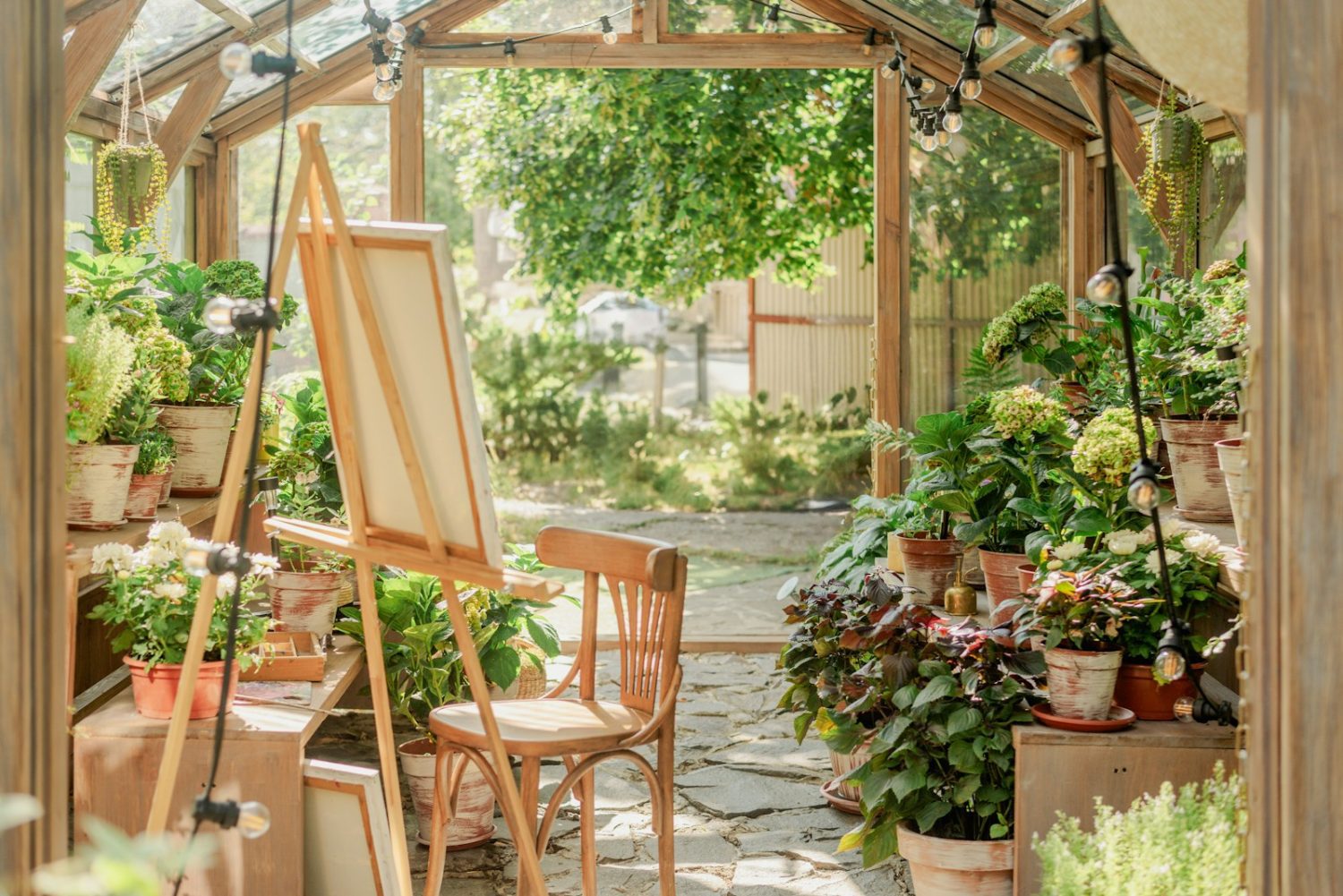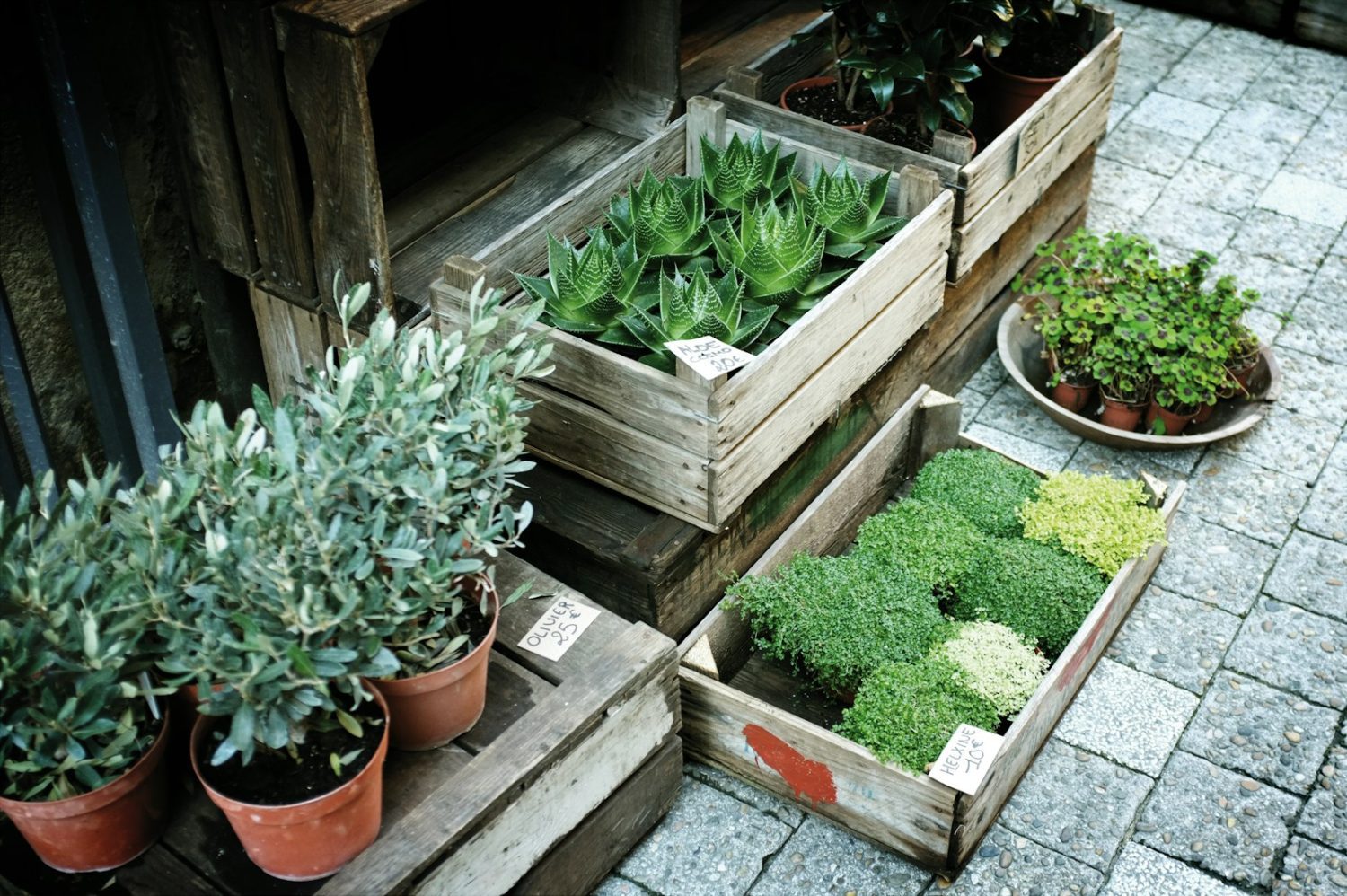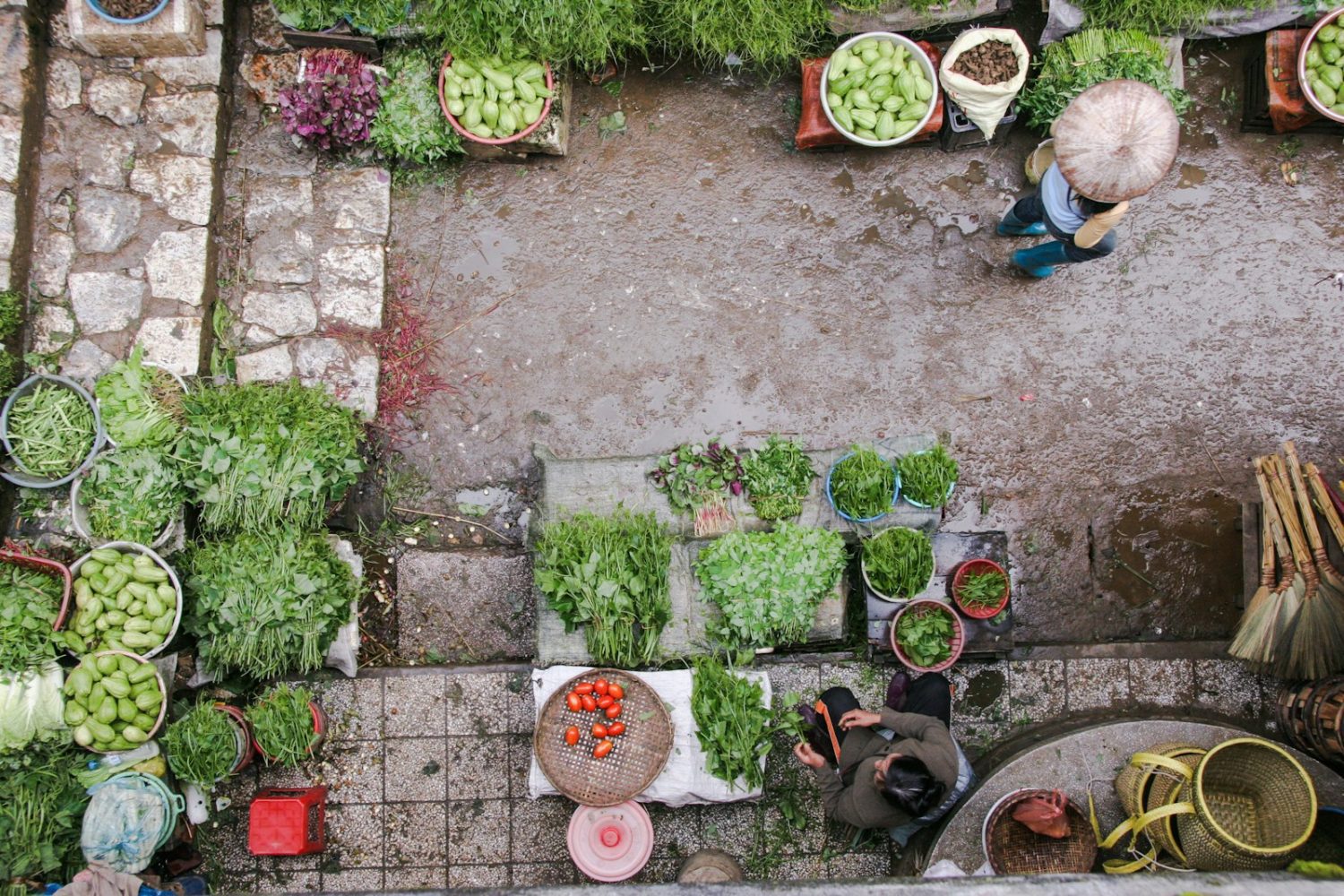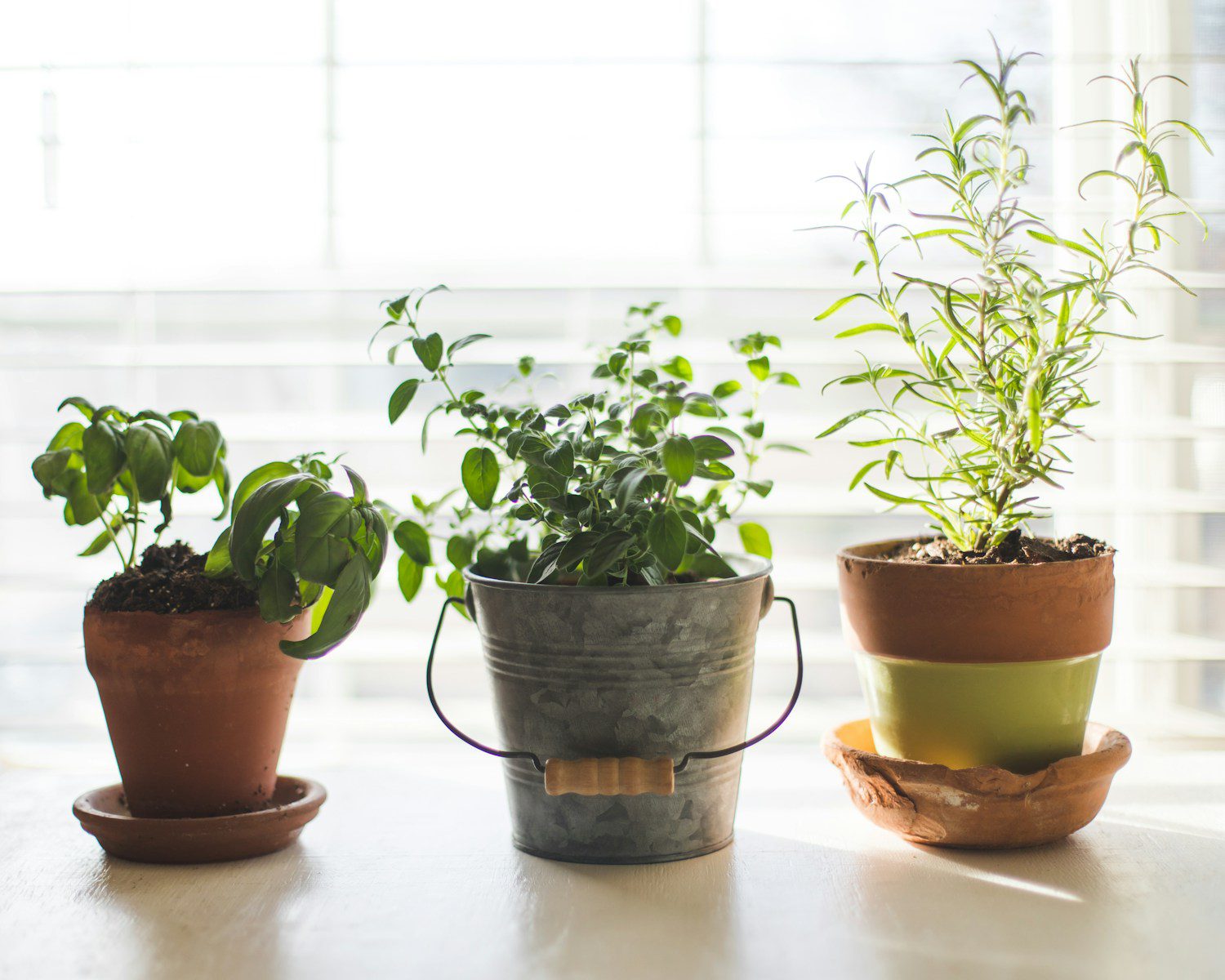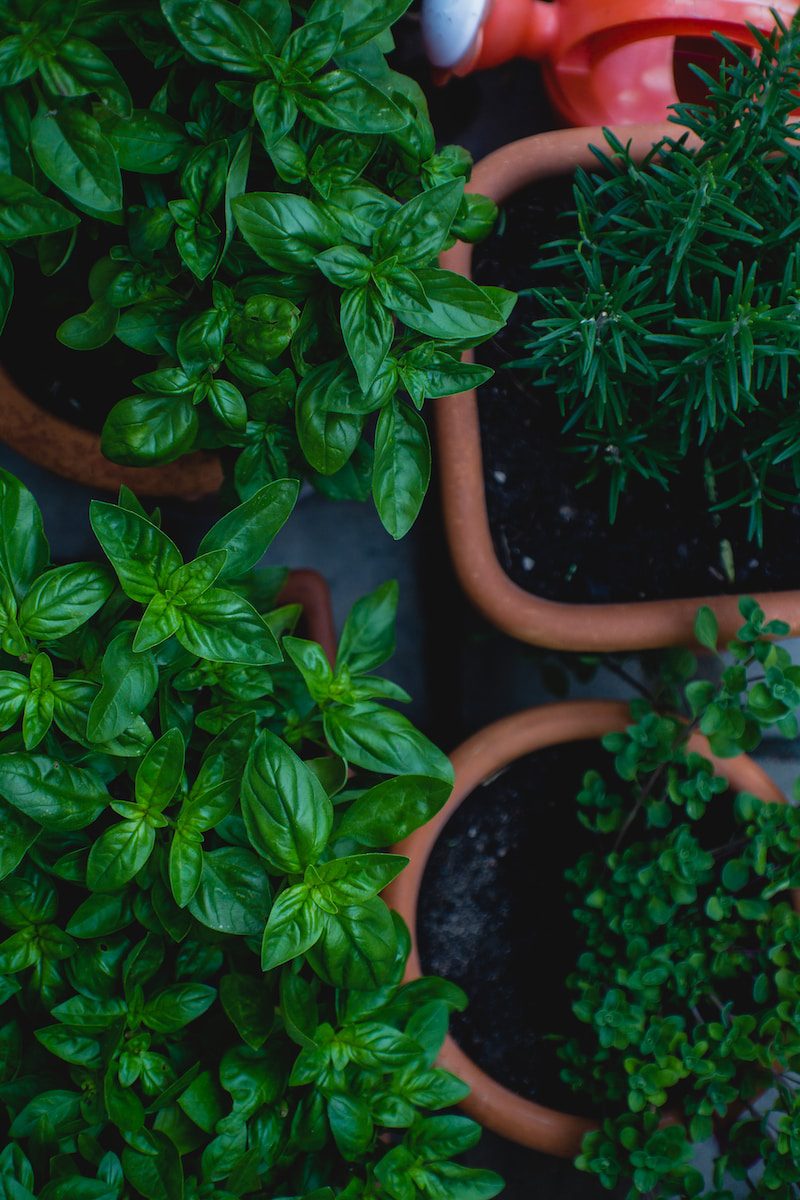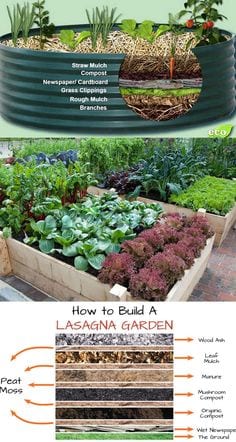Creating a Cottage Garden with Modern Touches
Cottage gardens have always stirred a sense of wonder. They feel like stepping into a painting, where flowers spill over pathways, herbs mingle with roses, and every corner hums with life. Yet many of us live in homes that lean modern—clean lines, sleek patios, minimalist windows. The good news is, these two styles don’t have … Read more

